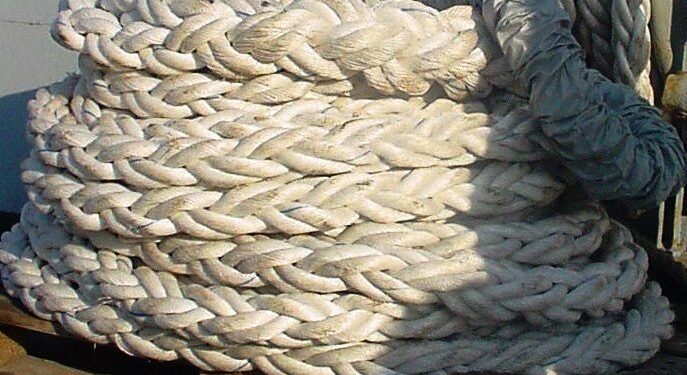BSU has issued safety investigation report on an occupational accident with fatal consequences happened on board the CMV MAERSK KURE, on February 2016, sailing from Rotterdam.
The incident
On the night of 6 February 2016, the Greek- flagged container ship MAERSK KURE, sailing from Rotterdam, arrived at the container terminal in Bremerhaven. The ship’s command was advised by a pilot from 0140(local time) onwards. To assist in the berthing manoeuvre, one tag was made fast fore and another aft.
After the fore and aft springs and two head lines were each put ashore, the tugs were cast off. After that, the second spring was to be put ashore at the bow.
A seaman had already attached the heaving line to the eye of the second spring and begun to pay out the line through a fairlead on the starboard side. To this end, he had to stand right next to the deployed spring. This line parted suddenly and struck the seaman such that he collapsed immediately.
The crew members present pulled him out of the danger area of the lines, advised the bridge, and then attempted to resuscitate him. The casualty was later carried down the gangway to the pier on one of the ship’s stretchers, where the crew of the requested ambulance took charge of the subsequent medical care. Despite all efforts, the seaman passed away en route to the hospital.
Conclusions:
Concerning the efficiency of first aid measures, casualties should be moved as little as possible. If they are moved, then preferably only after consulting a medical practitioner. Of course, casualties need to be moved out of an area of immediate danger as soon as possible. However, if medically trained assistants are available, then they should take charge of the transport.
As for inspection of mooring lines, had the mooring line investigated in the present case been inspected regularly, preferably as per the Cordage Institute Guideline, then it ought to have been replaced significantly earlier than the accident. Such inspections should be carried out every six months and the crew must be educated and trained appropriately. Lines must be renewed if there is any shadow of doubt. Regardless of visible condition, used lines should be replaced every five years at the latest.
Further information may be found in the investigation report below:
Source: BSU






























































